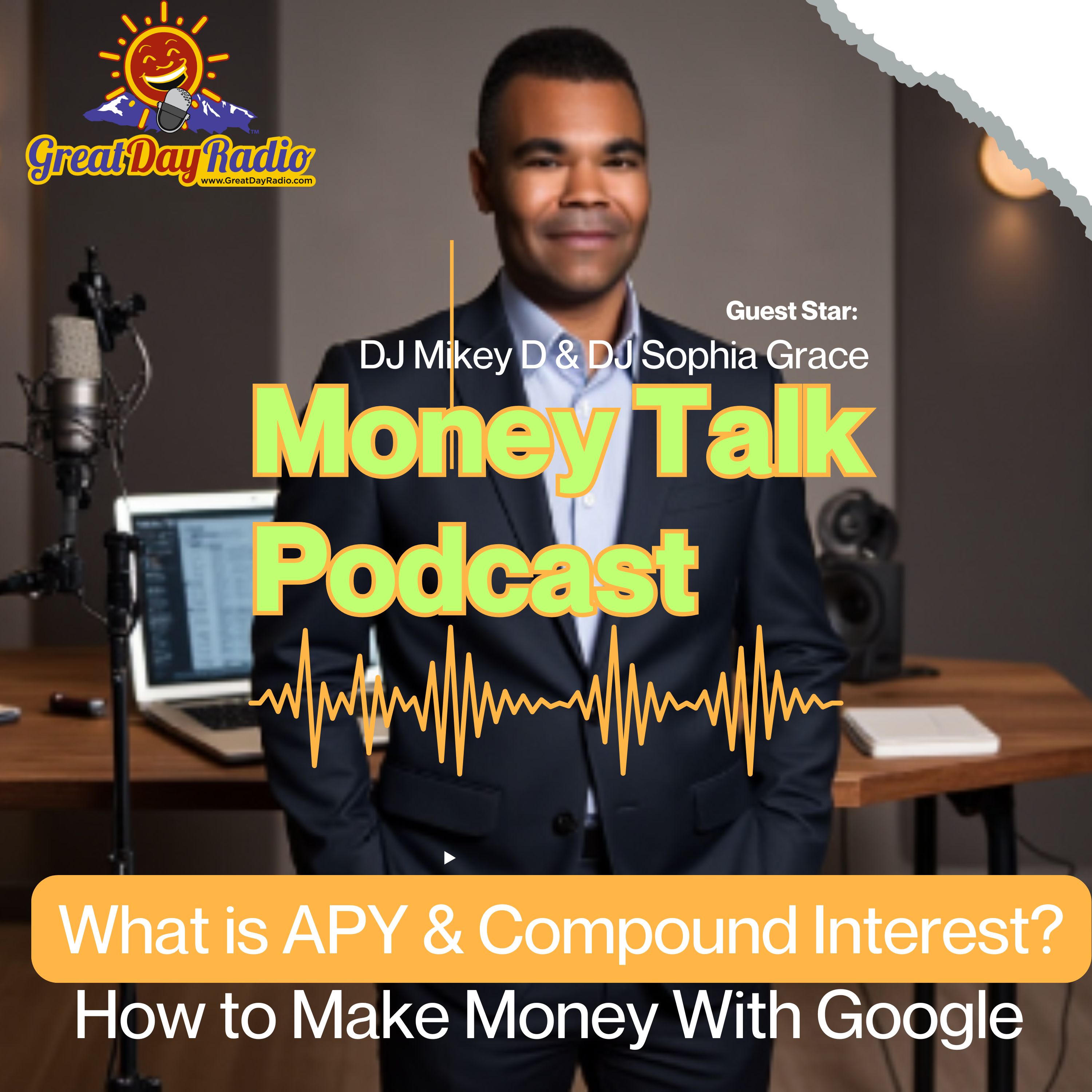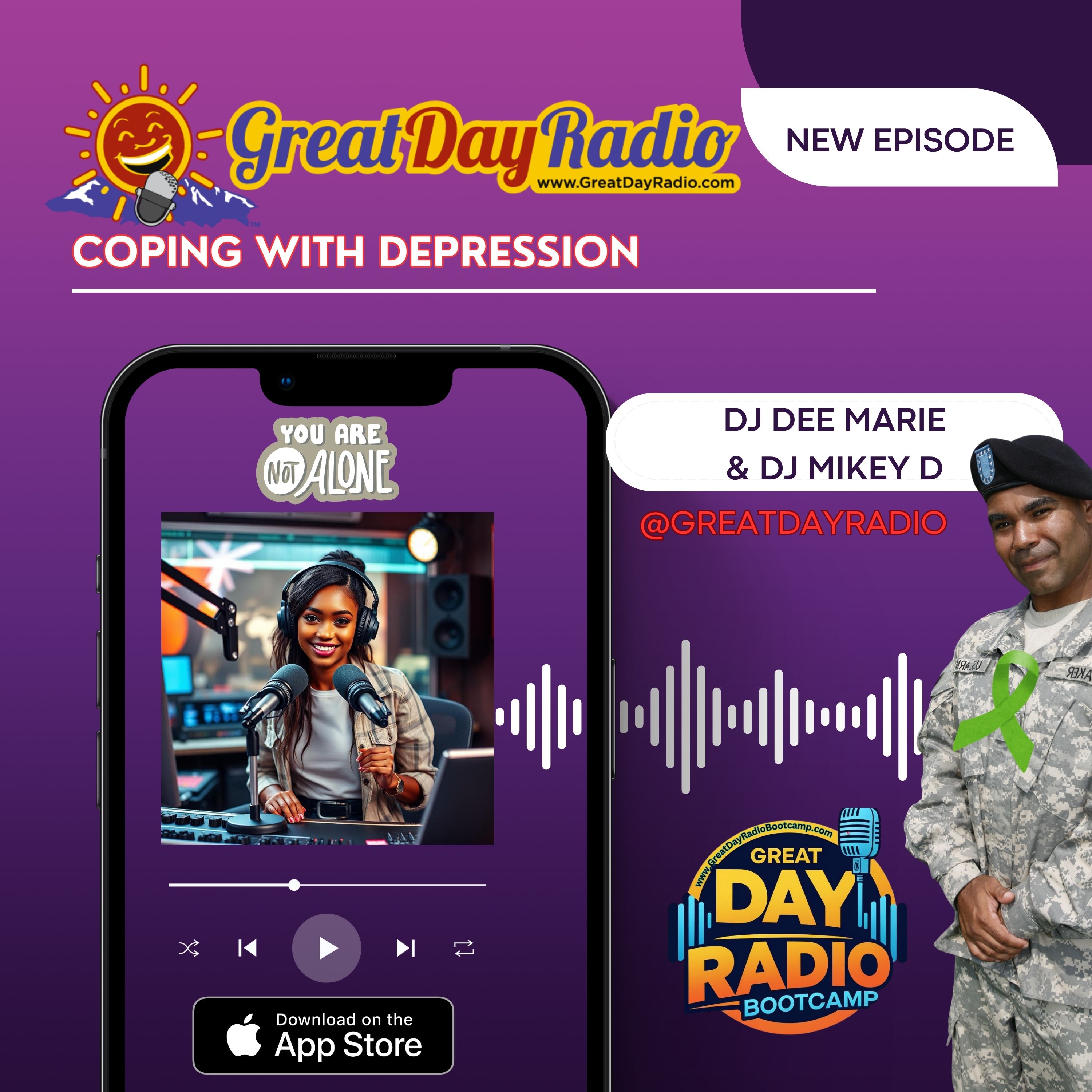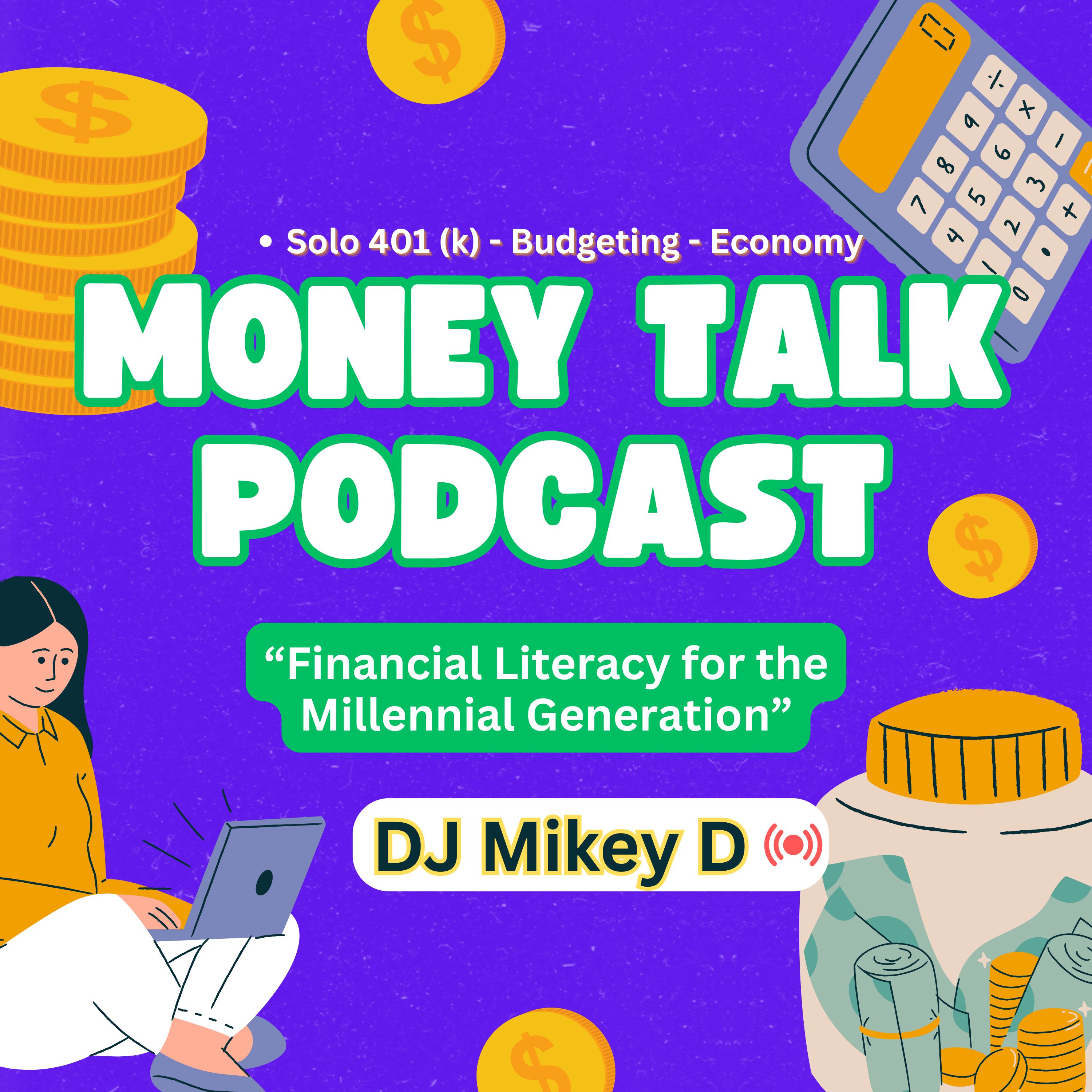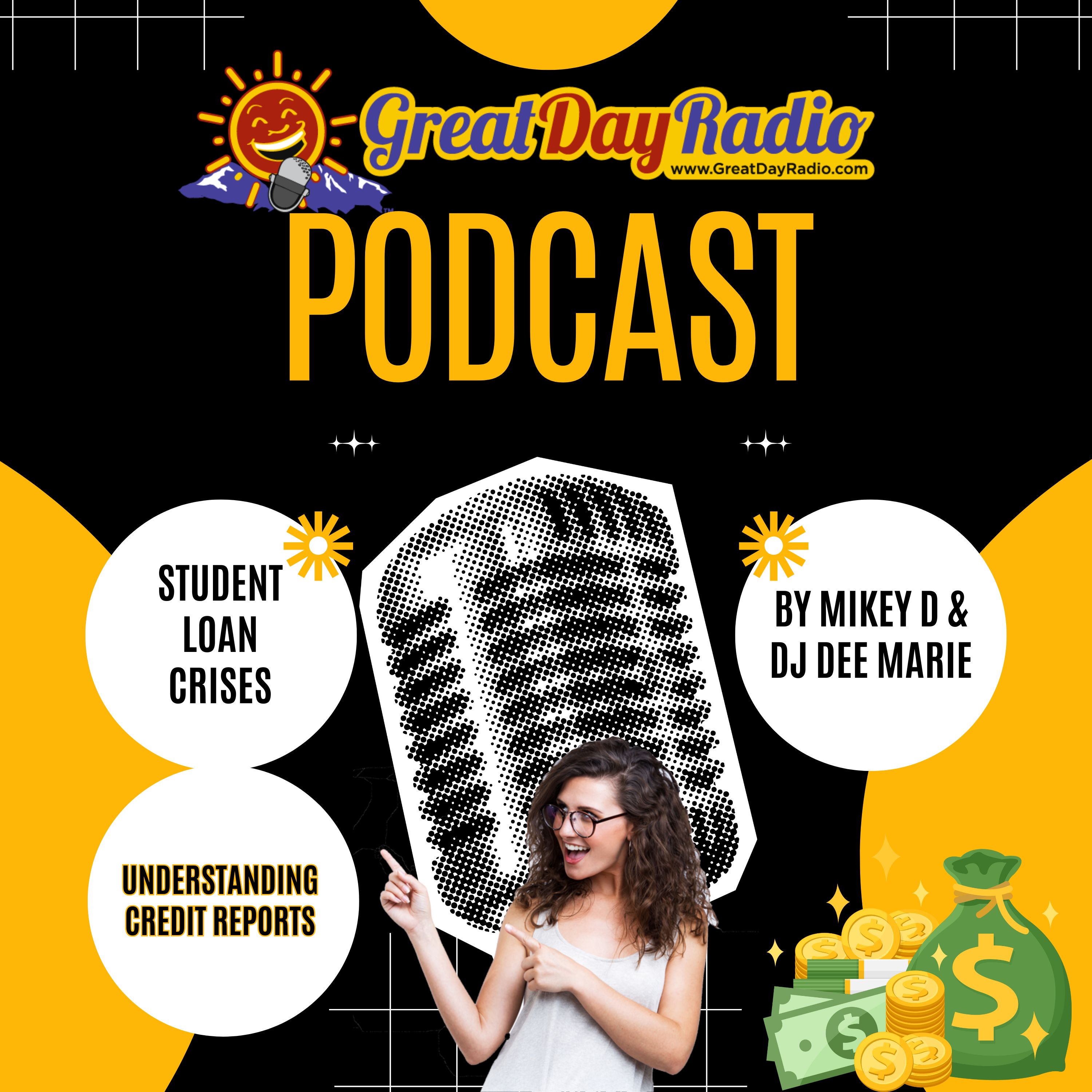
How Compound Interest and APY Transform Your Finances
"Einstein called compound interest the eighth wonder of the world." Learn how a 10-year head start on investing $200 monthly can create a $200,000 difference by retirement. Time is literally money—are you using yours wisely? #FinancialFreedom
Understanding the power of compound interest and Annual Percentage Yield (APY) can literally transform your financial future. As we discussed in our latest podcast episode, if you started with just one penny and doubled it every day for a month, you'd end up with over $5 million. While this dramatic example illustrates the exponential power of compound interest, even more modest and realistic scenarios demonstrate why this concept is so crucial for building long-term wealth.
Annual Percentage Yield (APY) represents the real rate of return on your money over a year, including all compounding effects. The distinction between simple interest and compound interest is where many people get confused. When your interest compounds—whether daily, monthly, quarterly, or annually—you're earning interest on your interest, not just on your principal investment. For instance, a 5% interest rate that compounds monthly actually results in a 5.116% APY because your money grows 12 times throughout the year rather than just once.
This difference might seem small, but the implications over time are substantial. Consider investing $1,000 at 5% interest compounded quarterly for 10 years—you'd end up with $1,647. However, if that same rate compounded monthly instead, your returns would increase even further. The mathematics behind this follows a straightforward formula: (1 + r/n)^(nt), where r is your interest rate, n is the compounding frequency, and t is the time period. Financial institutions use different compounding frequencies, which can significantly impact your returns over extended periods.
The time factor is perhaps the most critical element of compound interest. As Einstein allegedly stated, compound interest is "the eighth wonder of the world." Starting early creates dramatically different outcomes compared to delaying your investment strategy. For example, investing $200 monthly beginning at age 25 versus age 35 can result in a difference of well over $200,000 by retirement age, even with modest returns. This time advantage is why financial advisors consistently emphasize the importance of starting your investment journey as early as possible—the opportunity cost of waiting is simply too great.
Compound interest applies not only to savings accounts but also to investments, dividends, and unfortunately, debt. When it comes to credit cards, interest often compounds daily, which explains why balances can spiral out of control so quickly. Understanding APY is crucial for both sides of your financial equation—for growing your assets and for managing your liabilities effectively. A credit card with a 20% APR (Annual Percentage Rate) could have a significantly higher effective APY because of daily compounding, making debt management a priority in any sound financial strategy.
When evaluating investment strategies, tools like the "Rule of 72" become invaluable. This simple formula helps you estimate how long it will take for your money to double—just divide 72 by your interest rate percentage. At a 6% return, your money doubles in approximately 12 years; at 9%, it doubles in 8 years; and at 12%, in just 6 years. This acceleration illustrates why seeking higher returns (within your risk tolerance) can dramatically impact your long-term financial outcomes. Balancing potentially higher-return investments with more stable options allows you to create a diversified portfolio that can both grow aggressively and provide stability.
Looking for extra income? Google Opinion Rewards pays you for quick surveys—under 60 seconds each. Android users get Play Store credits while iOS users earn real cash via PayPal. Pair it with a 3.80% PayPal savings account for maximum benefit. #SideHustle
Great Day Radio Sources:





